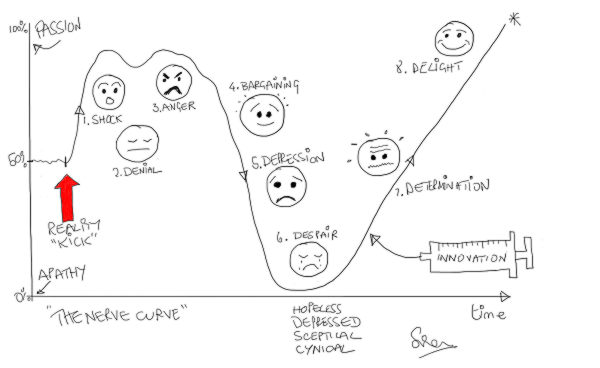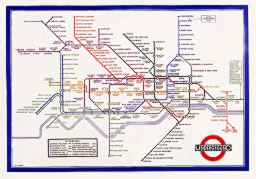 This is a picture of Chris Hadfield. He is an astronaut and to prove it here he is in the ‘cupola’ of the International Space Station (ISS). Through the windows is a spectacular view of the Earth from space.
This is a picture of Chris Hadfield. He is an astronaut and to prove it here he is in the ‘cupola’ of the International Space Station (ISS). Through the windows is a spectacular view of the Earth from space.
Our home seen from space.
What is remarkable about this image is that it even exists.
This image is tangible evidence of a successful outcome of a very long path of collaborative effort by 100’s of 1000’s of people who share a common dream.
That if we can learn to overcome the challenge of establishing a permanent manned presence in space then just imagine what else we might achieve?
Chis is unusual for many reasons. One is that he is Canadian and there are not many Canadian astronauts. He is also the first Canadian astronaut to command the ISS. Another claim to fame is that when he recently lived in space for 5 months on the ISS, he recorded a version of David Bowie’s classic song – for real – in space. To date this has clocked up 21 million YouTube hits and had helped to bring the inspiring story of space exploration back to the public consciousness.
Especially the next generation of explorers – our children.
Chris has also written a book ‘An Astronaut’s View of Life on Earth‘ that tells his story. It describes how he was inspired at a young age by seeing the first man to step onto the Moon in 1969. He overcame seemingly impossible obstacles to become an astronaut, to go into space, and to command the ISS. The image is tangible evidence.
We all know that space is a VERY dangerous place. I clearly remember the two space shuttle disasters. There have been many other much less public accidents. Those tragic events have shocked us all out of complacency and have created a deep sense of humility in those who face up to the task of learning to overcome the enormous technical and cultural barriers.
Getting six people into space safely, staying there long enough to conduct experiments on the long-term effects of weightlessness, and getting them back again safely is a VERY difficult challenge. And it has been overcome. We have the proof.
Many of the seemingly impossible day-to-day problems that we face seem puny in comparison.
For example: getting every patient into hospital, staying there just long enough to benefit from cutting edge high-technology healthcare, and getting them back home again safely.
And doing it repeatedly and consistently so that the system can be trusted and we are not greeted with tragic stories every time we open a newspaper. Stories that erode our trust in the ability of groups of well-intended people to do anything more constructive than bully, bicker and complain.
So when the exasperated healthcare executive exclaims ‘Getting 95% of emergency admissions into hospital in less than 4 hours is not rocket science!‘ – then perhaps a bit more humility is in order. It is rocket science.
Rocket science is Improvement science.
And reading the story of a real-life rocket-scientist might be just the medicine our exasperated executives need.
Because Chris explains exactly how it is done.
And he is credible because he has walked-the-talk so he has earned the right to talk-the-walk.
The least we can do is listen and learn.
Here is is Chris answering the question ‘How to achieve an impossible dream?‘




